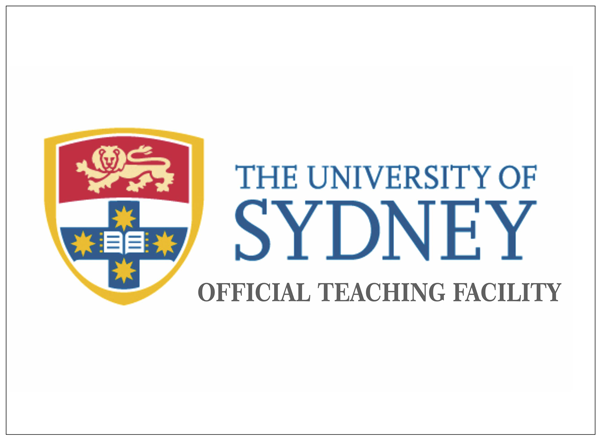KNEE ARTHRITIS
Knee Osteoarthritis is a degenerative condition where the articular cartilage of your knee gradually wears away, exposing the underlying bone. As this arthritis progresses, bony spurs develop in and around your knee joint in response to the change in load distribution and biomechanics.
Within your knee there are two joints which can be affected by knee arthritis: the tibiofemoral joint – the joint between your thigh bone (femur) and your lower leg (tibia) and the patellofemoral joint (the joint between the kneecap and the femur itself).
There are several factors which have been found to lead to the development of osteoarthritis in the knee joints
- Age – Ageing causes normal joint surfaces to wear away. Also, the ability of joint cartilage to repair itself declines with age
- Weight – Your weight directly affects the amount of load the joints in your lower limb have to support during weight bearing activities
- Previous Knee Injury – Previous injuries can change the biomechanics of your knee joint, leading to abnormal load distribution through the knee
- Genetics – Gene that produces your articular knee cartilage is sometimes defective and can lead to decrease lay down of cartilage
SYMPTOMS
Symptoms of osteoarthritis in the knee can vary in different people. The main in symptoms for individuals include:
- Knee pain in the morning or after periods of inactivity
- Knee pain aggravated with weight bearing activities such as walking, climbing stairs, kneeling and squatting
- Knee stiffness
- Knee swelling
- Clicking or grating in the knee
DIAGNOSIS
Knee arthritis can be diagnosed by clinical examination by your doctor/physiotherapist, your symptoms and also your history. Additionally, an X-ray can be used to confirm the diagnosis, as well as establish the location and severity of your osteoarthritis.
TREATMENT
As Knee Arthritis is a degenerative condition, physiotherapy treatment is aimed at improving the symptoms of the disease (i.e. knee pain, swelling, stiffness).
The main goals of physiotherapy for your knee arthritis are:
- Reduce your knee pain and inflammation.
- Normalise your knee joint range of motion.
- Strengthen your knee: especially quadriceps and hamstrings.
- Strengthen your lower limb: calves, hip and pelvis muscles.
- Improve your patellofemoral (knee cap) alignment and function.
- Normalise your muscle lengths.
- Improve your proprioception, agility and balance.
- Improve your technique and function e.g. walking, squatting.
Additionally, a knee brace may be recommended to support the knee and help to de-load certain structures.
In extreme cases, surgery may be required to address the degeneration in the knee. The most common forms of surgery for this condition are arthroscopic, partial or total knee replacement.




